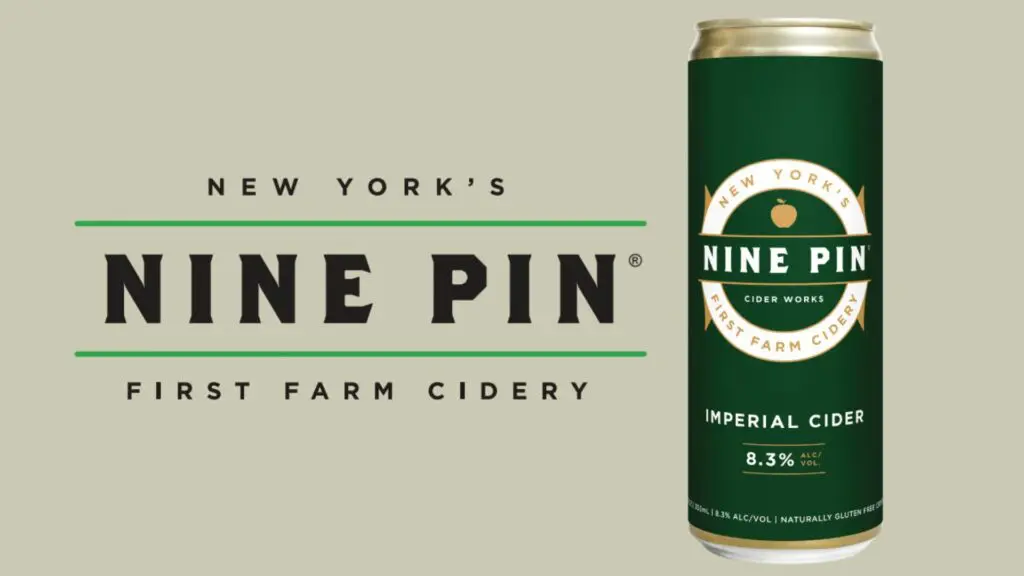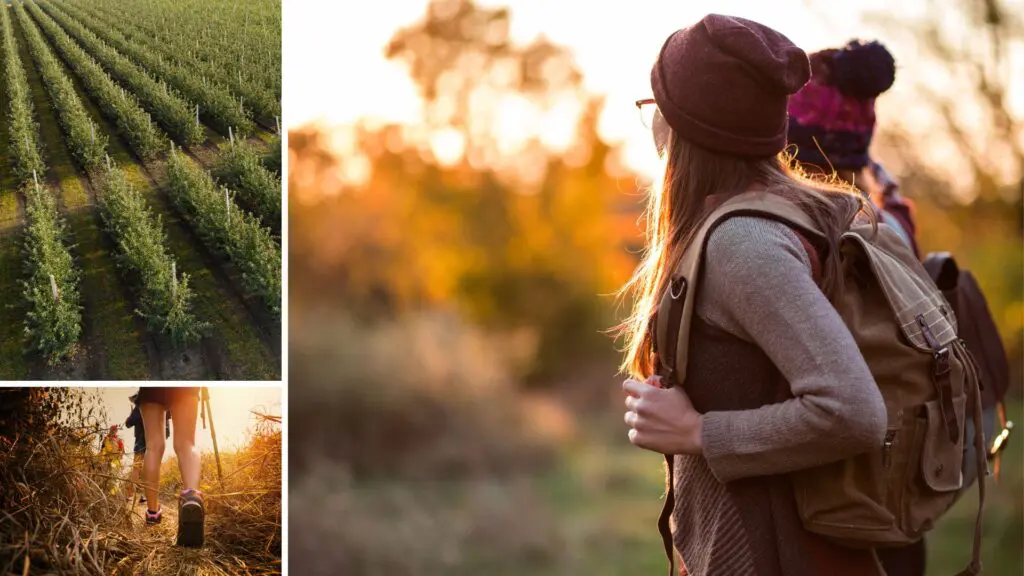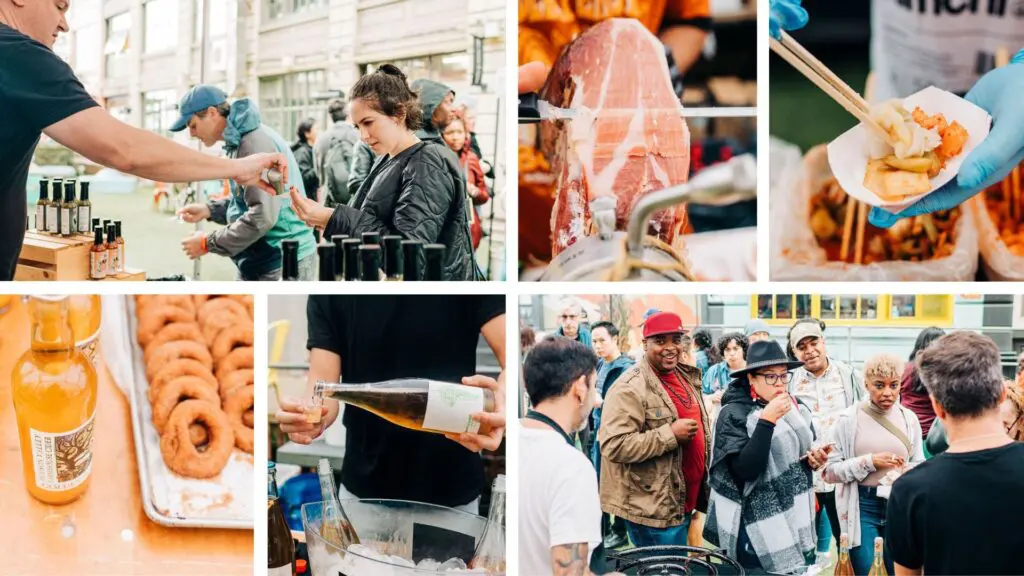The dedicated enthusiast is well aware that apples come in an almost infinite number of varieties. Most have sprouted, grown, fruited and eventually crumbled back into the earth never having been much noticed by humans. Many others have been both noticed and named, though. Each place has had its favorites, some of which have gone on to become international stars, while others have kept their reputations closer to home. Belle de Boskoop seems to be one of the latter, for while it has been long grown and treasured in northern Europe it didn’t catch on in the same way in the United States.
The apple was first discovered in the Netherlands, in a nursery in the town of Boskoop just northwest of Gouda. Boskoop has a long history of commercial arboriculture dating back to at least 1466. The deep peat soils were perfect for growing trees and the many canals were essential for getting products to market in an era when roads were uncertain at best. There were 20 commercial nurseries operating there by 1612, and Boskoop remains an important center for the nursery trade today.
Belle de Boskoop was first grown and popularized by the Ottolander family, who had been in the nursery business since the 18th century. Given the very annoying habit that some families have of recycling the same names throughout the generations, there is some confusion about just which of the Ottolanders either planted the tree or first brought it to the attention of the wider public. We know that there were multiple Ottolander nurseries operating in Boskoop in the 19th century with various Ottolanders starting two new ones, while the original nursery continued to operate under the name Ottolander & Hooftman. The pomological reports from that time unfortunately don’t always distinguish between them.
Most writers say that the apple was first noticed in the 1850s. One, S. Berghuis in De Nederlandsche Boomgaard (1664), suggests that it had been grown earlier. “Already for some years bred in the nursery of the family Ottolander and widely distributed,” he wrote. Then, he went on to describe how the apple’s shape varied depending on the rootstock to which it had been grafted.
One of the Ottolanders displayed fruit at a show in Germany in 1863, around the time that many northern European pomologists began to take notice and add their assessment to the literature (“great apple”). American pomologist Charles Downing probably got Belle de Boskoop from France in the 1870s, adding a description in the 1881 appendix to his brother Andrew Jackson Downing’s book Fruits and Fruit-Trees of America. [It] “keeps well, and is a promising variety,” Charles Downing wrote. It did not, however, take America’s orchards by storm.
Known by various names depending on where it is grown — Goudreinette, Schöner aus Boskoop, or just Boskoop — it is one of those curiosities of the apple world, a triploid, meaning it has three chromosomes instead of the normal two. It’s an interesting phenomena that happens in all manner of plants, not just apples. Triploid apples tend to be largely infertile and thus require having another variety nearby, a diploid, if you want to get the tree to bear fruit. While this can be a drawback, some modern scientists believe that the extra chromosome has benefits that far outweigh the infertility issue, such as larger fruit size and increased resistance to various pests and diseases. Surely it can be no accident that many of the varieties that have found great commercial success over the years are triploids, varieties like Gravenstein, Bramley, Baldwin, Jonagold, Rhode Island Greening and Winesap, just to name a few.
Bright yellow when fully ripe with a striped red blush where the apple faces the sun, Belle de Boskoop is generally celebrated as a fine table and cooking apple, high in acid and long keeping. It is a favorite of many of the cidermakers in the German state of Hesse around Frankfurt where it is most often used in a blend. I was lucky enough to find a handful of single varietal ciders here in the United States, however, and based on them one might wonder why it isn’t used more often. All three of these golden-hued ciders were as bright with acid as you might expect and full of flavors of various tropical fruits, some riper than others. The surprise was the astringency, balanced but noticeable, giving the ciders both body and depth. One can only hope that more cidermakers give this apple a try.
Horse and Plow Winery – Sebastopol, CA
Dry; banana, lemon, yellow plum, lychee, green herbs; sparkling
2020 | 8.5% ABV
Eden Ciders – Newport, VT
Dry; lemon, lime, yellow plum, pineapple, pear, slate; sparkling
2019 | 7.5% ABV
Cidrerie du Vulcain – Treyvaux, Switzerland
Semi-dry; yellow plum, tart orange, lemon, papaya, biscuit, dough; sparkling
2018 | 7.1% ABV
A longer form of this article first appeared at allintocider.com.





















